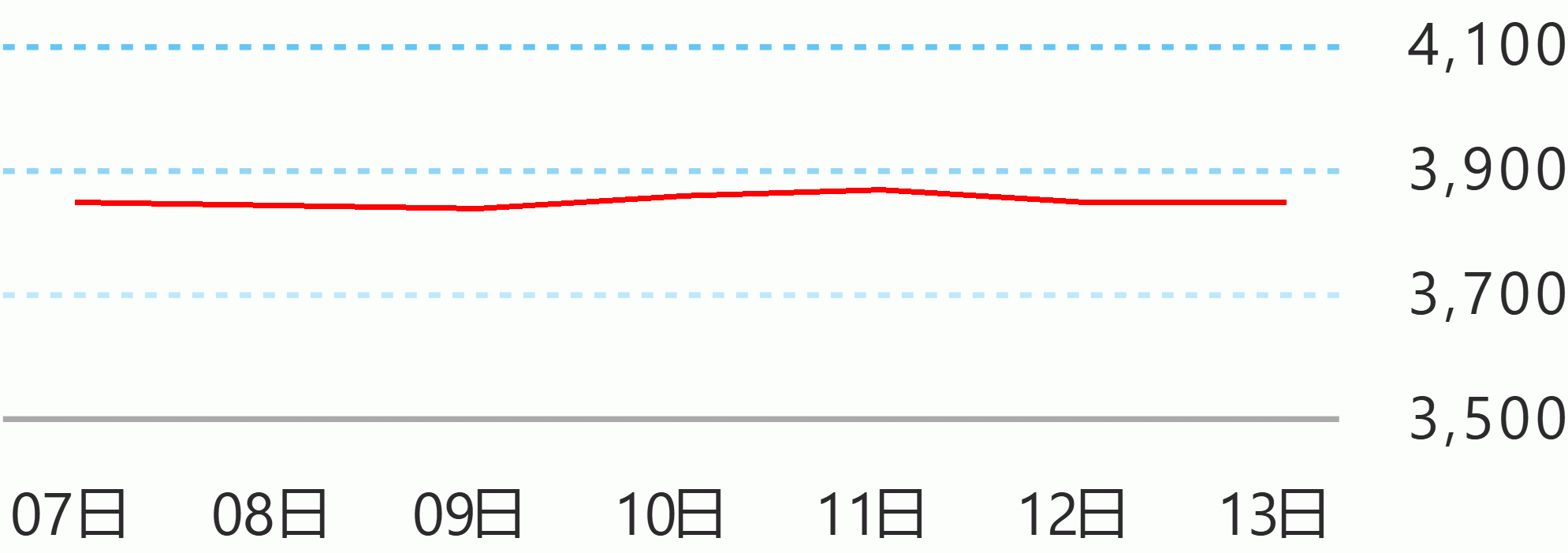New Bangko Sentral ng Pilipinas (BSP) Governor Benjamin Diokno said there is an ''opportunity'' to cut reserve requirement ratios, but adds “timing” is important.
In his first briefing as the Bangko Sentral ng Pilipinas governor, he said he would like to see ''two more data points rather than making a decision right now.''
Philippine banks' reserve requirements are at 18 percent of total deposits.
“I think given the decelerating inflation in the Philippines, there is an opportunity for monetary easing but as I said that will be dependent on the data that will be given to us by our technical staff here which is world class by the way,” he said.
“So we will look at those data and so make a decision based on their information given to us at that time. So there is room for monetary easing if the present situation continues. Now when? We will announce it at the appropriate time,” Diokno added.
Diokno clarified that his statement on a reserve requirement ratio being the highest in the region was when he was budget secretary.
“In my other capacity, I said the reserve requirement is still too high so we will probably remove some more. The timing is important and we know that inflation is being on a downward spiral but I personally would like to see maybe two more data points rather than making a decision at this time,” Diokno explained.
Inflation slowed down to 3.8 percent in February after peaking at 6.7 percent September last year. Last year, the BSP raised the policy rates by 175 basis points to curb inflation.
The government has set a target of 2 to 4 percent inflation this year.
BSP said reserve requirements refer to the percentage of bank deposits and deposits substitute liabilities banks must set aside in deposits with the central bank which they cannot lend out, or where available through reserve-eligible government securities.
Diokno said the timing of a cut in reserve requirements will be ''determined by clear analysis.''
“It should be data driven, evidence based and it will be decided upon by the (Monetary) Board. I cannot on my own decide on the cut of the reserve requirement but that would be taken up by the board as collegial body,” he said.
“We will decide based on the data, evidence and the situation at that time… So the timing is important. And as I said, that decision should not rest on me alone but with six other members of the Monetary Board,” he added.
Diokno said the next Monetary Board meeting will be on March 21.
The BSP governor said some of Monetary Board’s basis for a cut will be the global economy and inflation expectation.
“We will decide on that basis,” said Diokno.
“Two data points doesn’t constitute a trend. Let’s say because it’s going (downtrend), two data points, it’s a trend. That’s not true so we have to be more careful. The important thing is really timing,” he added.
Deputy Governor Diwa Guinigundo said it will be hard for the governor to make a decision as it can affect the timeline between now and the next Monetary Board meeting.
“Between now and March 21 when the Monetary Board meets, anything can happen, any information can be made available,” Guinigundo told reporters after the briefing.
“It’s hard for the governor and the Monetary Board to commit to a specific timing, phasing and magnitude,” he added. Ella Dionisio/DMS





 English
English








